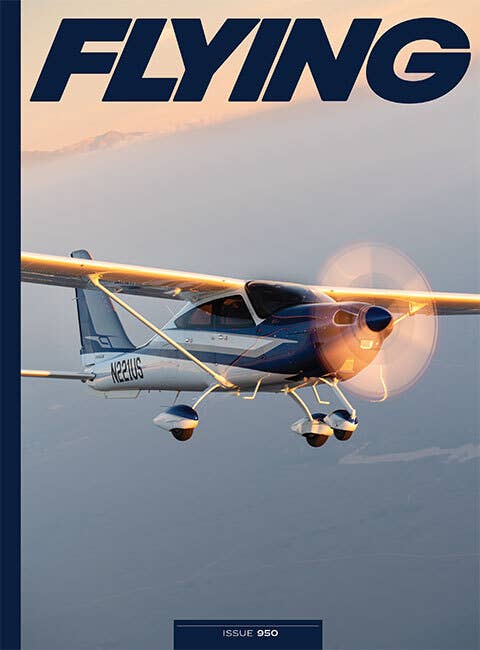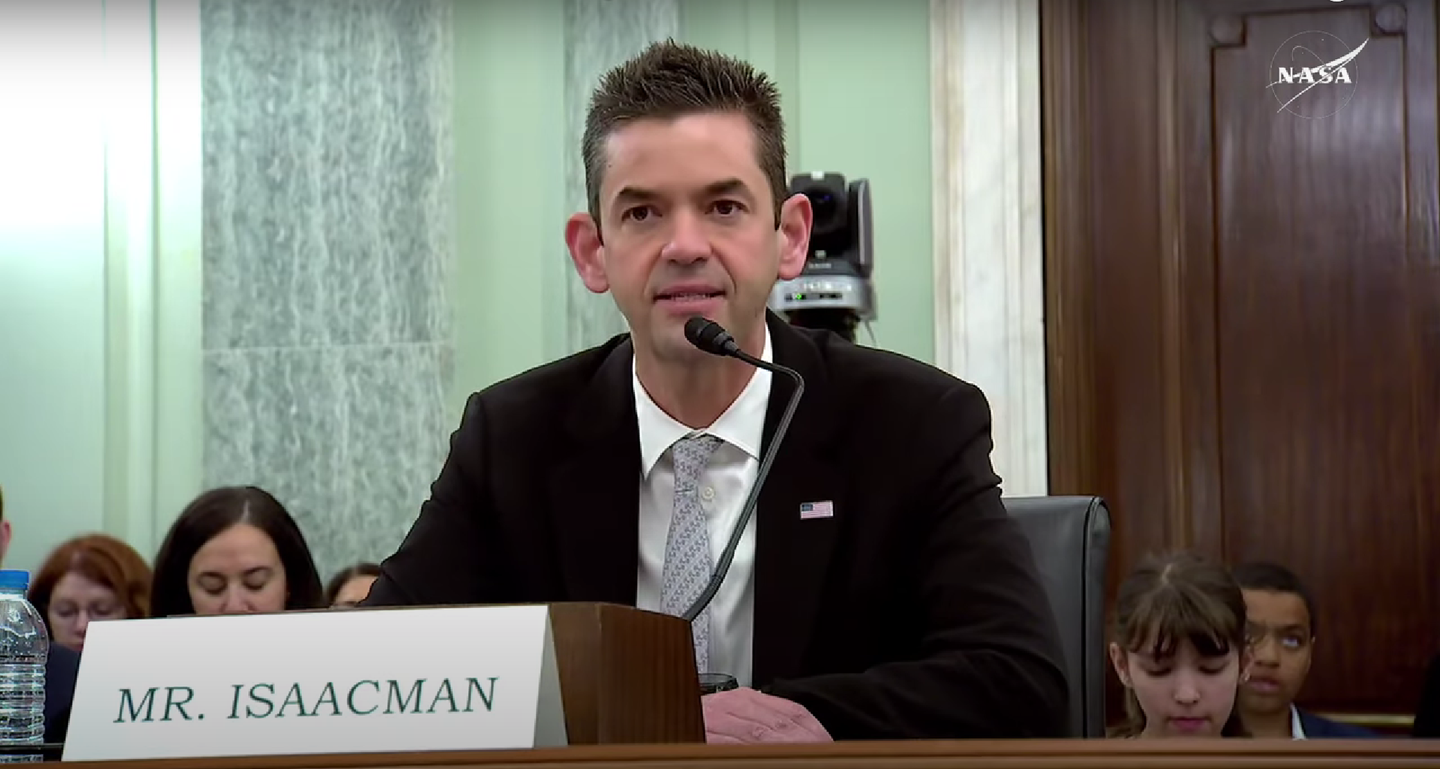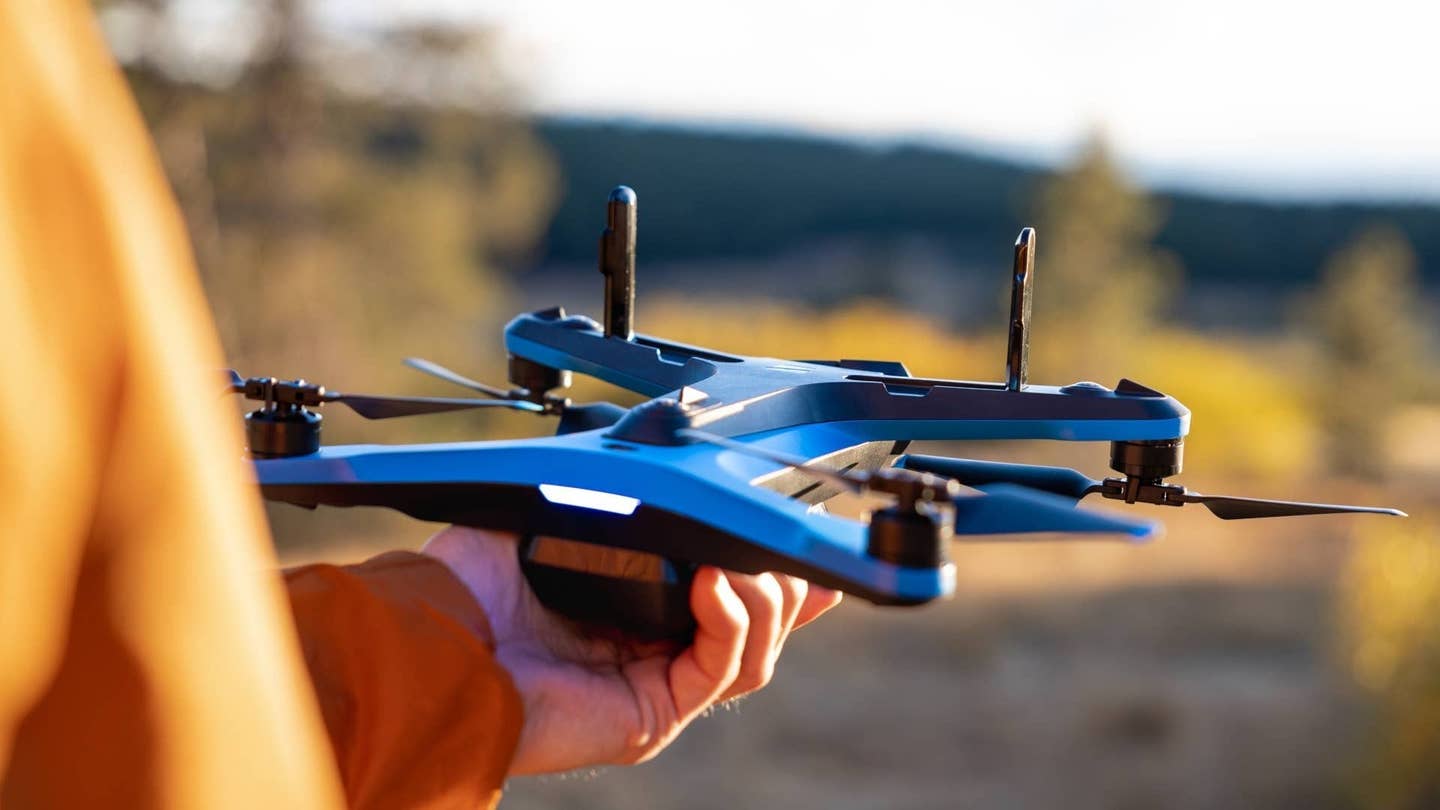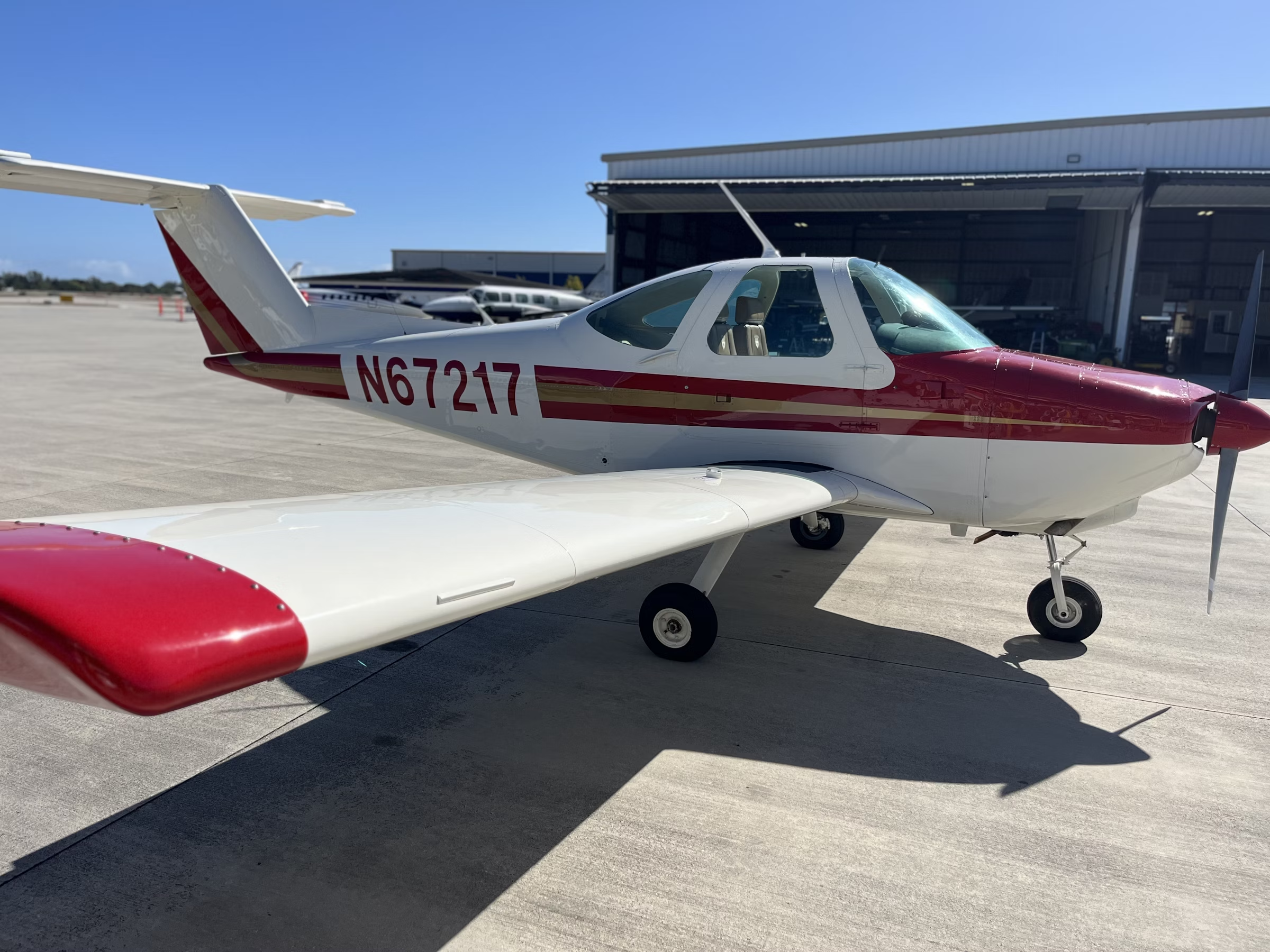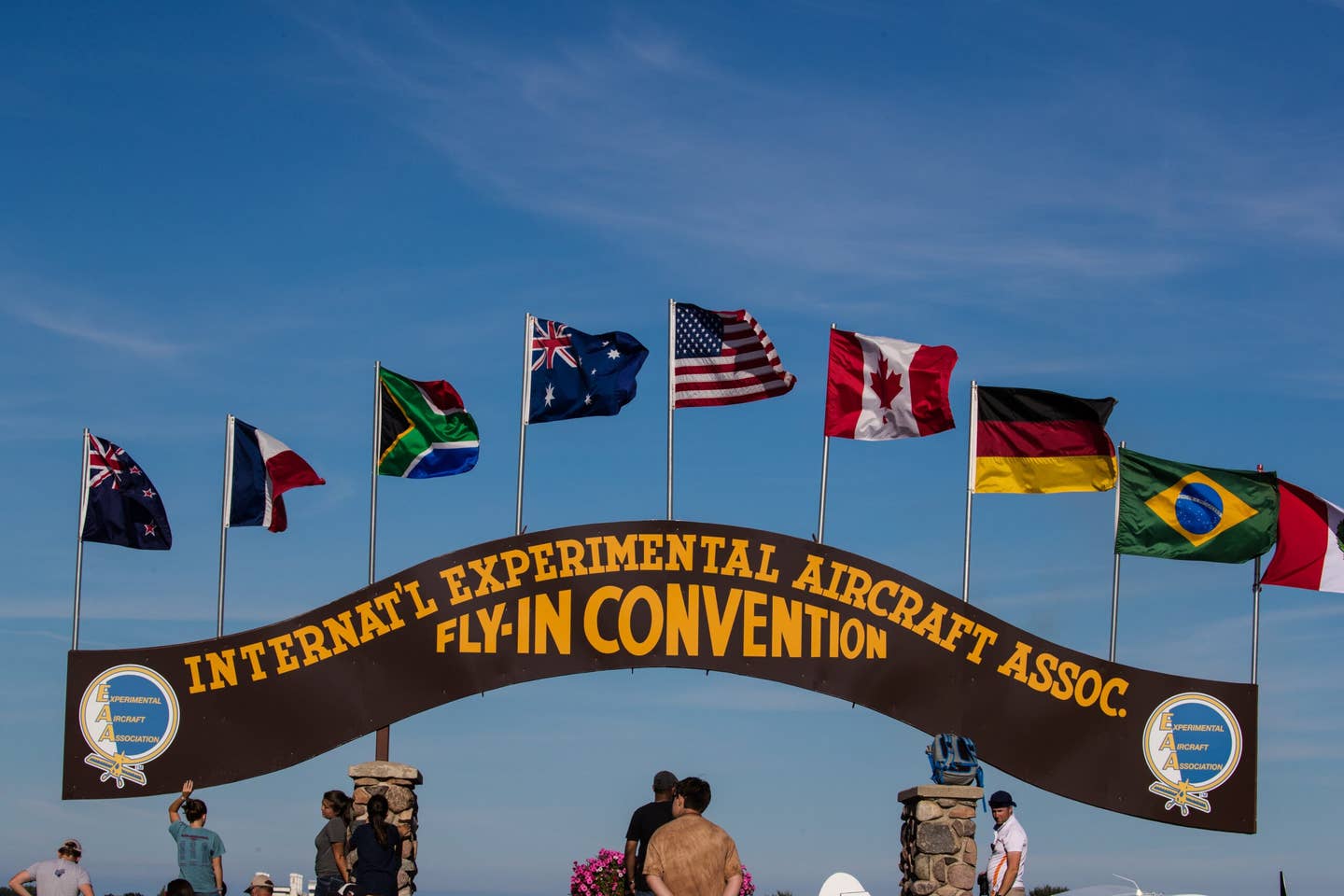Sleek Lines Come With Steep Cost
Seductiveness of aircraft imagery just can’t be denied.
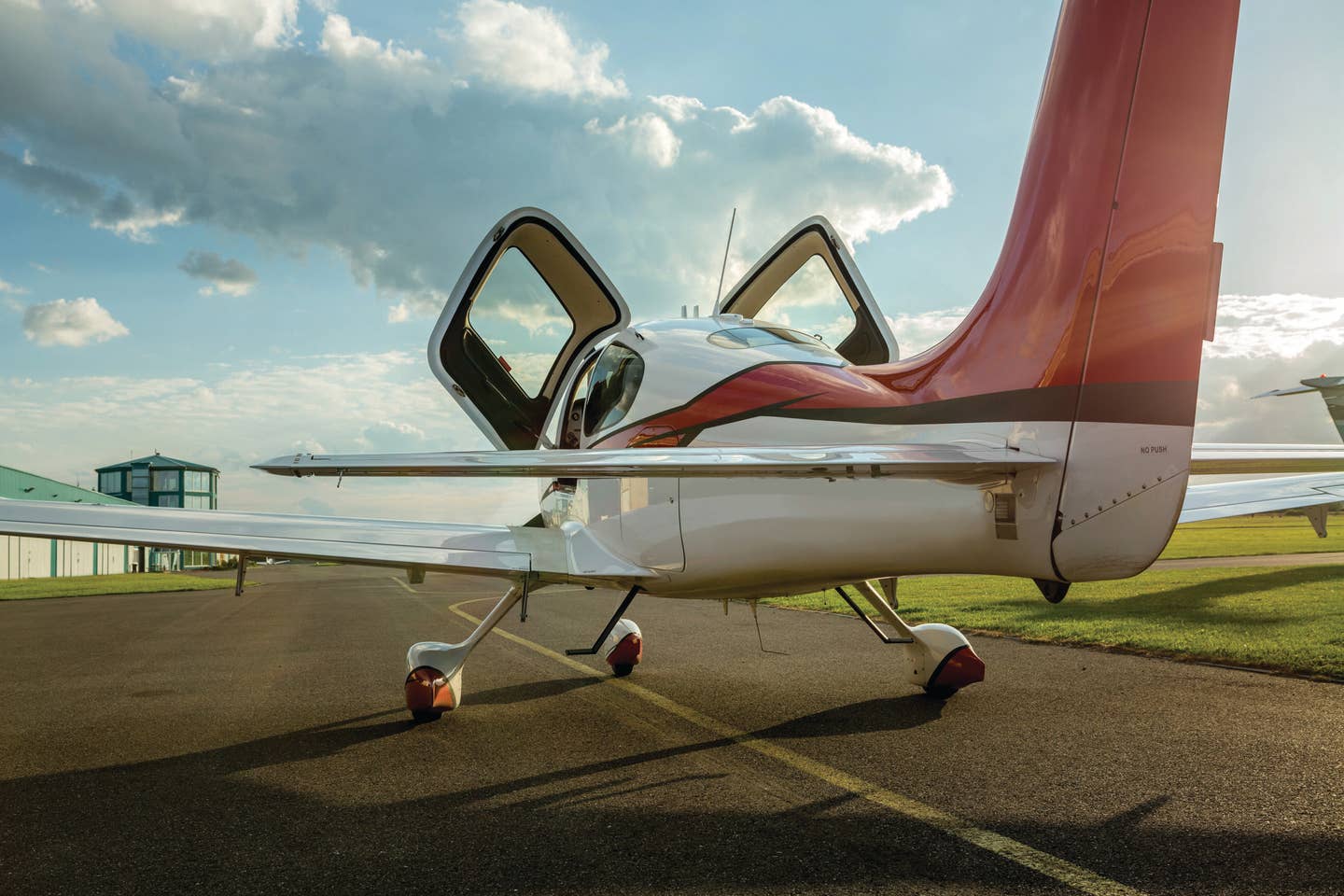
a private single turboprop aircraft parked on a runway on a sunny day. [Adobe Stock]
Many airlplanes have sleek, seductive lines that draw me in and make my mind wander. And lately, as I vacillate between buying a Cessna 340 or a Cirrus on Controller.com, I’m drawn to pictures of each
There’s a really eye-catching photo of a 340 with a cool paint job. Taken from behind the elevator on the left side of the airplane, the silhouette of the fuselage is spellbinding in its languorous and sensuous curves.
If you're not already a subscriber, what are you waiting for? Subscribe today to get the issue as soon as it is released in either Print or Digital formats.
Subscribe NowTaken with some sort of telephoto lens, the image is all power and speed. The urge is to buy immediately. The fact that the airplane is overpriced, and I know very little about its history seems irrelevant to this mesmerized shopper.
Can I have it now?
My wife, Cathy, and I owned a 340 almost 30 years ago. We operated the airplane out of Tampa International Airport (KTPA) for five happy years. The 340 was my first twin-engine airplane. I felt like an airline captain. With elegant airstairs, a cabin with club seating, and a panel full of dials and gauges, I was in heaven.
In order to fly such a magnificent beast, I had to get a multi-engine rating. I pursued this at a nearby flight school that owned an ancient Beechcraft Baron. The Baron’s fuel gauges were inop, and the sight gauges on the wings were crazed and opaque, but I didn’t care until the instructor and I flew to a small airport to get gas.
- READ MORE: Just Hanging Around the Airport
The line guy came in and said the fuel truck had run dry, and he had only managed to fuel the left side. My charming instructor said we’d fly back to home base anyway. This definitely required lots of aileron such that the yoke hit my knee.
The 340 had some fuel tank quirks, too, but they were easy to understand, and all flight instructors emphasized careful management in order to not starve the engines while there was good gas on board.
The 340’s currently for sale hearken back to the early 1980s. Making a major investment in an airplane over 40 years old gives one pause. The panels are a mystery ranging from original to all-dolled-up, full-on Garmin glass. Most are somewhere in between.
What would it cost and how long would it take to upgrade the instrument panel?
- READ MORE: Preparing to Pay a Premium
For that matter, who has maintained this airplane and where has it been? Is there corrosion or damage history? Most 340s have some RAM modification—which one was done and when? Are parts available? What about insurance for an old guy? Multiengine, retractable gear, you know—we can’t be trusted.
These cautions led me to think of getting a simpler airplane. The Cirrus is the most popular general aviation airplane made today. Wouldn’t insurance have to be less for a single-engine airplane with fixed gear and a parachute? Still in production, wouldn’t parts be readily available? I went to see one at a local flight school. They actually rent a Cirrus SR22 G7.
Oh, my goodness—talk about a shiny object. A brand-new Cirrus had just arrived. It had less than a 100 hours on the Hobbs meter. The paint was beyond brilliant. It looked like a Fabergé egg with a propeller.
I was embarrassingly awkward about getting in the cockpit, though. There was some conjecture as to whether our dog, Rocco, could find his way into the cabin.
But once in the left seat, I marveled at the avionics and the ergonomics. The side yoke fell to hand. The panel lit up like a disco ball. I can’t afford a new G7 with its price tag of over $1 million, so I asked to fly the G3 the school has for rent.
“It’s in maintenance,” the chief pilot told me, noting it had been down for an annual for two months. “We can’t get parts.”
Apparently all parts are directed to new airplanes and not to maintaining the existing fleet.
But still, those doors. They call them “butterfly doors,” and you see them on some Porches and McLarens. They reek of speed and money. Looking at the airplane head-on, the doors look like an invitation to sin.
As with most sins, it will cost you. New Cirrus SR22s (not turbocharged) are, as mentioned, well over $1 million. That’s a lot for 160-170 knots, an unpressurized cabin, and not much room.
Their popularity is easy to trace. Single-engine pilots with money can upgrade easily. The looks are appealing, and spouses seem to like the parachute. Not mine, however.
“Don’t buy an airplane with a parachute for me,” she said. “That seems so defeatist—as if you’re planning to run into IFR conditions while flying VFR.”
The panels are seductive. For the last decade the airplanes have sported Garmin Perspective avionics. I know little about them, but they sure look good when all lit up.
So I look at Controller.com daily. I haven’t come to a conclusion yet. I also now get Yachting magazine and look at its pictures of sleek powerboats. Given the price tag for those beasts, I’m glad to be looking for an airplane.
This column first appeared in the December Issue 953 of the FLYING print edition.

Sign-up for newsletters & special offers!
Get the latest FLYING stories & special offers delivered directly to your inbox

